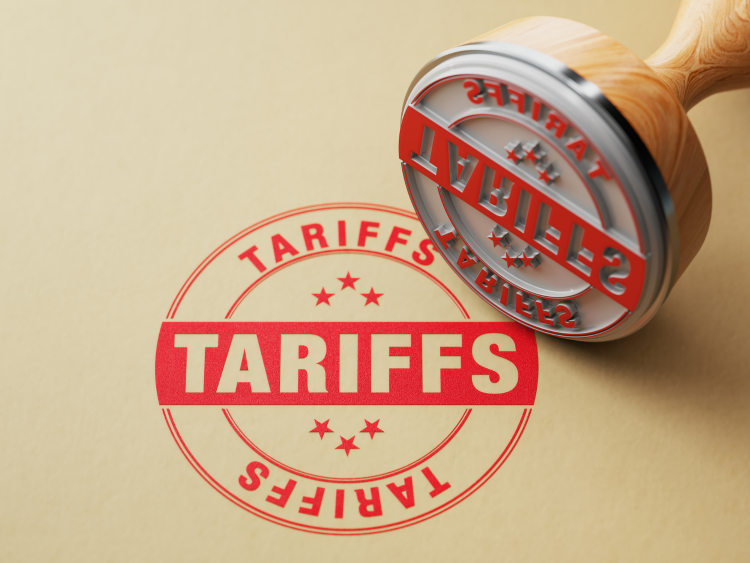Steel Products
Construction Spending Drops in March as Tariffs Impact Demand
Written by Sandy Williams
May 1, 2018
Construction spending dropped from the previous month to a seasonally adjusted annual rate of $1.285 trillion in March, but was still up compared to a year ago, according to an analysis of new Census data by the Associated General Contractors of America. AGC officials blamed the decline on drops in private sector construction as new steel and aluminum tariffs, and resulting price increases, impact demand.
Monthly construction spending declines were noted in health care, commercial, manufacturing and lodging construction. The private sector funding declines were too large to offset the modest increase in public sector funding, particularly for highway and street construction, between February and March, said AGC .
The annual increase in construction spending was due to a 5.3 percent surge in private residential-sector construction spending and a 2.2 percent increase in private nonresidential construction spending. Public construction spending increased by 3.0 percent in March.
“The administration’s new steel tariffs appear to already be having a negative impact on demand for many types of construction services,” said Stephen E. Sandherr, the association’s chief executive officer. “Not only are contractors getting squeezed by higher prices for steel and aluminum products, but it seems many private sector developers are rethinking some investments amid growing fears of a trade war.”
{loadposition reserved_message}
Association officials said they were encouraged by the fact the administration has opted to continue exempting many key trading partners from the new steel and aluminum tariffs the president imposed earlier this year. But they cautioned that continued uncertainty about whether and how long those exemptions will remain in place is contributing to continued price increases for steel and aluminum products that many contractors are being forced to absorb.
“The price increases in steel products that have been introduced since the tariffs were announced have made the different between making money and losing money on many contractors’ projects,” Sandherr said. “That is because firms that bid projects before the tariffs were announced are being forced to pay more than they anticipated for steel products when they submitted their project bids.”

Sandy Williams
Read more from Sandy WilliamsLatest in Steel Products

CRU: US stainless prices to rise on expanded S232 tariffs
Stainless prices in the US market will rise, following price increases by major US producers. Our base case scenario incorporates higher US prices in the near term, despite the initial negative reaction by the market. US stainless prices will go up in 2025 H2 and will stay elevated in 2026 as tariffs on stainless […]

Galvanized steel demand unsteady amid lingering buyer fatigue: HARDI
Uneven demand for galvanized steel in June reflects a market that remains mired in uncertainty, according to industry sources.

OCTG industry salutes Customs for catching trade crooks
The US OCTG Manufacturers Association is commending US Customs for intercepting another Thai company's attempt to illegally transship Chinese oil pipe to the US.

Whirlpool says tariffs will bolster business
“Economically, the business case for products made in the us has become a lot more attractive," the CEO told Fox Business.

Worthington Enterprises buys Elgen Manufacturing
Worthington Enterprises acquires HVAC products maker Elgen Manufacturing.
